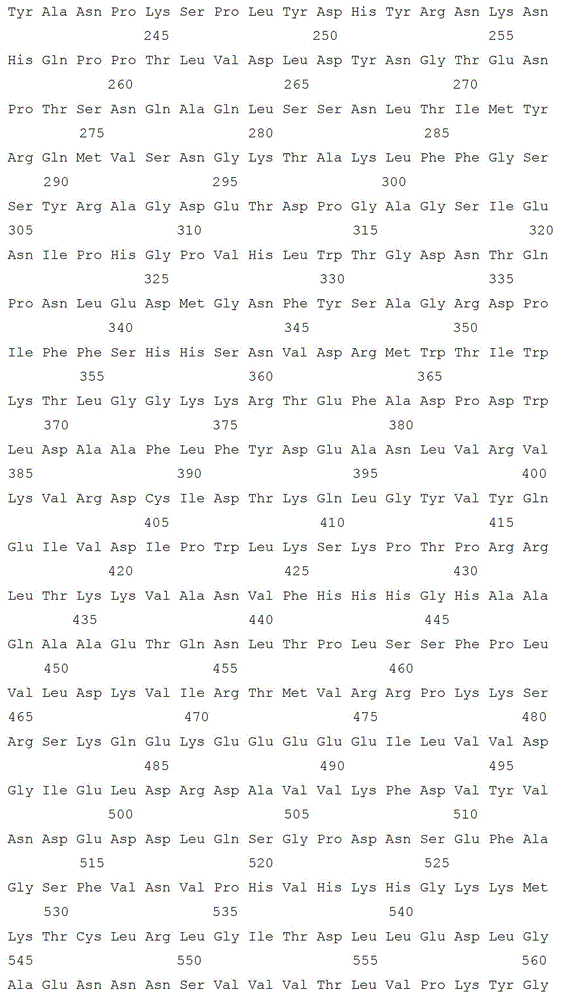Hevea brasiliensis polyphenol oxidase, its coding gene and application
A technology of polyphenol oxidase and coding gene, which is applied in the direction of oxidoreductase, application, genetic engineering, etc., and can solve problems such as the protein sequence of the enzyme coding gene that has not been seen
- Summary
- Abstract
- Description
- Claims
- Application Information
AI Technical Summary
Problems solved by technology
Method used
Image
Examples
Embodiment 1
[0024] Example 1 Separation of polyphenol oxidase HbPPO2
[0025] HbPPO2 can be isolated from cells and tissues such as buds, leaves, seeds, callus and suspension cells. The present invention preferably recommends the use of suspension cells for two reasons: 1). Suspension cells can be obtained in large quantities by culturing; 2). In suspension cells Only HbPPO2 and another polyphenol oxidase, which was also expressed in milk duct cells, were present, and HbPPO2 was significantly induced after the suspension cells were treated with suction, while the other polyphenol oxidase was almost disappeared. Suspension cells can be derived from different tissues of rubber trees. The inner integument and immature anthers of seeds are preferred. Taking the inner integument as an example, the process is as follows:
[0026] Callus induction: add 3% sucrose, 1.0 mg / L 2, 4-D (2, 4-dichlorophnoxyacetic acid, 2, 4-dichlorophenoxyacetic acid), 1.0 mg / L BAP (6-benzylaminopurine, 6-benzyladenin...
Embodiment 2
[0030] Example 2 Cloning of polyphenol oxidase HbPPO2 coding gene
[0031] Since there are only two kinds of polyphenol oxidase in the suspension cells of the rubber tree, we used them as materials for RNA extraction and PCR template preparation; since there has been no report about the polyphenol oxidase encoding gene in the rubber tree, we based on other species The sequences of the conserved Cu-binding region in PPO were designed to incorporate primers, and two differential gene fragments were successfully amplified from cDNA templates derived from suspension cells by PCR technology; on this basis, we used the rapid amplification technology RACE of cDNA ends Successfully obtained the 3' and 5' sequences of HbPPO2; by designing primers at the 3' and 5' ends of HbPPO2, using genomic DNA from leaves and cDNA from suspension cells as templates, we successfully amplified the genome of this gene for the first time and cDNA sequences. The specific process is as follows:
[0032]...
PUM
 Login to View More
Login to View More Abstract
Description
Claims
Application Information
 Login to View More
Login to View More - R&D
- Intellectual Property
- Life Sciences
- Materials
- Tech Scout
- Unparalleled Data Quality
- Higher Quality Content
- 60% Fewer Hallucinations
Browse by: Latest US Patents, China's latest patents, Technical Efficacy Thesaurus, Application Domain, Technology Topic, Popular Technical Reports.
© 2025 PatSnap. All rights reserved.Legal|Privacy policy|Modern Slavery Act Transparency Statement|Sitemap|About US| Contact US: help@patsnap.com



